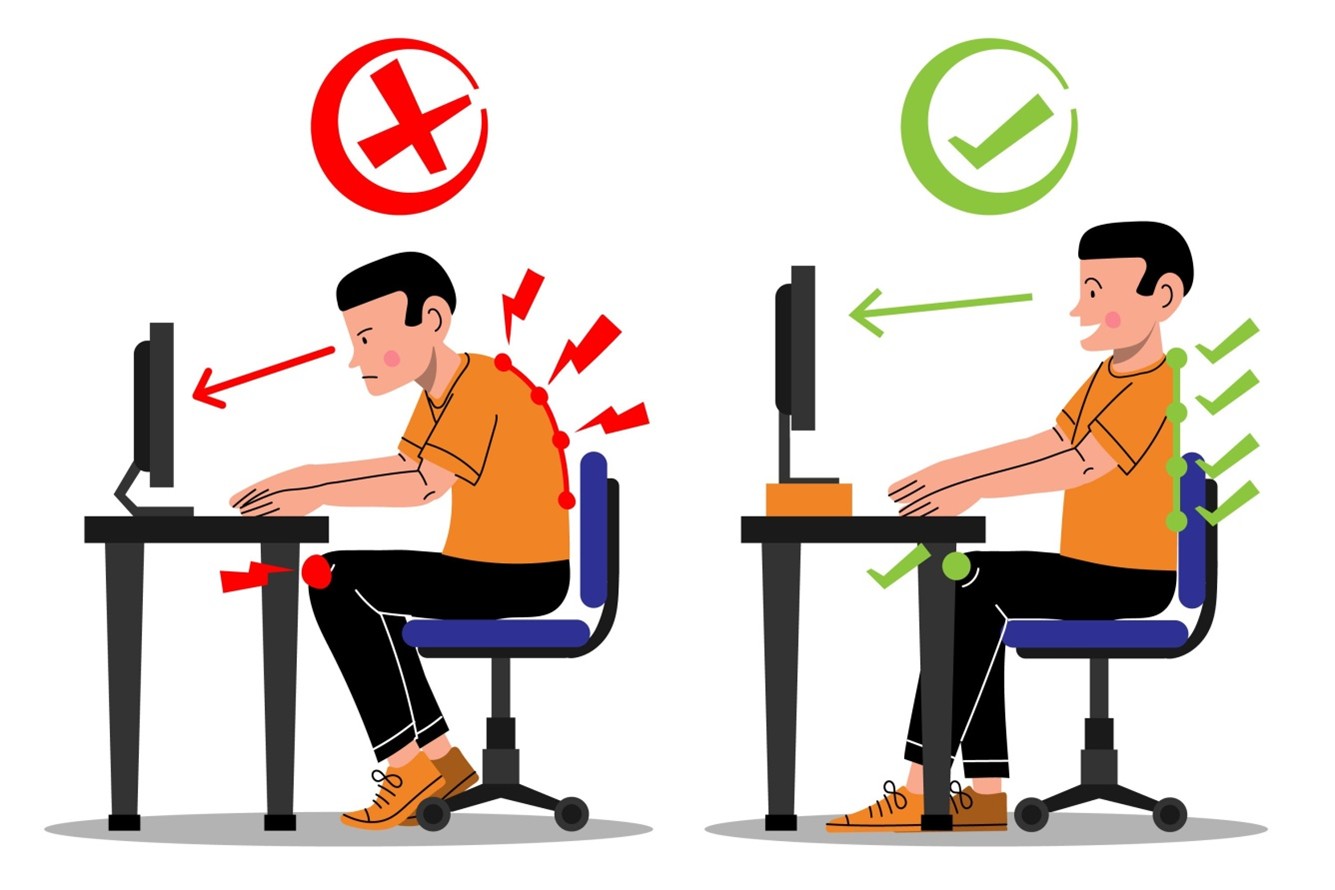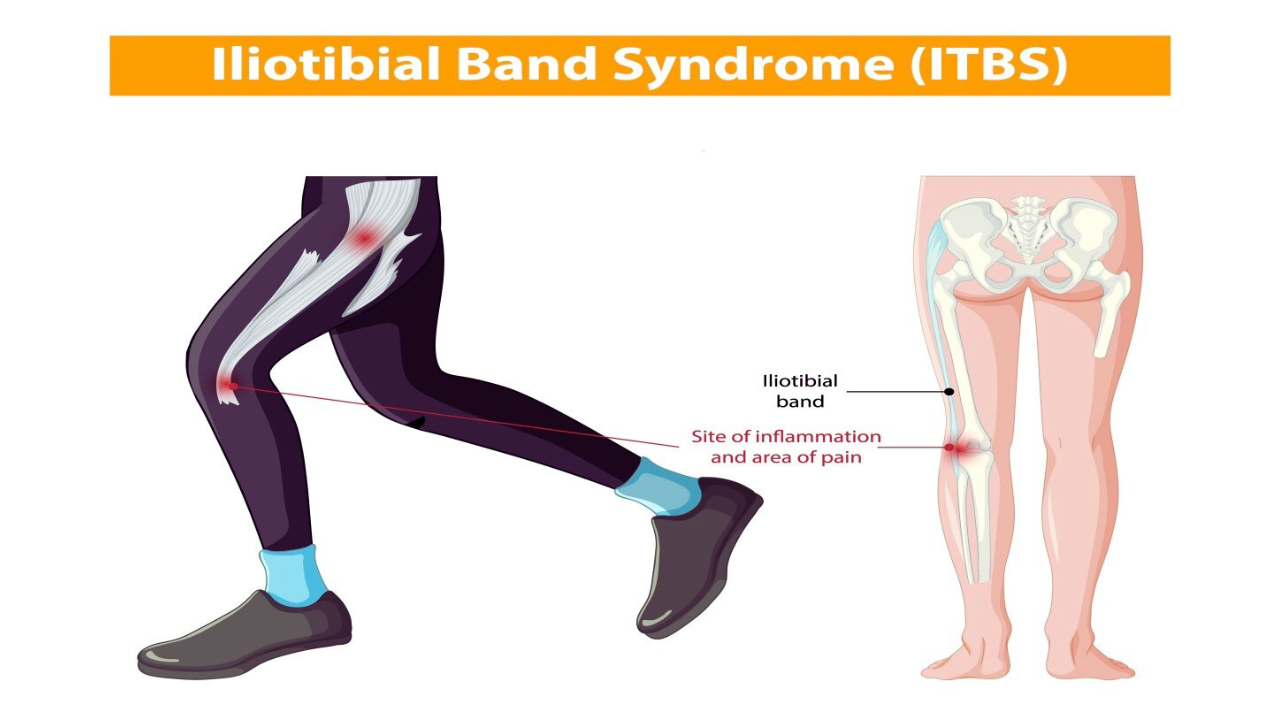Many people struggle with frozen shoulder, realizing how deeply it can affect everyday life. Putting on a jacket or even reaching for a shelf can suddenly become a challenge. In this blog, we’ll explore what frozen shoulder is, its common symptoms, how it is diagnosed, how long recovery typically takes, and how chiropractic care can play an important role in the healing process.
What is Frozen Shoulder?
Frozen shoulder occurs when the connective tissue surrounding the shoulder joint becomes thickened, tight, and inflamed. This causes stiffness, pain, and a significant loss of range of motion in the shoulder. The condition can develop gradually and progress through stages that may last for months or even years.
What are the Symptoms of Frozen Shoulder?
The main symptom of frozen shoulder is stiffness and pain in the shoulder joint, which gradually worsens over time. In most cases, symptoms develop slowly and pass through three distinct stages:
- Freezing Stage: Pain gradually increases, and shoulder movement becomes limited.
- Frozen Stage: Pain may begin to ease, but stiffness remains.
- Thawing Stage: Mobility slowly returns, and discomfort reduces. This phase can last several months to over a year.
Other common symptoms include difficulty rotating or raising the arm, aching that worsens at night, and a general feeling of tightness or restriction around the shoulder joint.
What is the Location of Frozen Shoulder?
Basically, frozen shoulder affects the shoulder joint capsule, a connective tissue that surrounds the ball-and-socket joint of the shoulder. This capsule becomes tight and thickened, resulting in reduced movement.
Although the discomfort might seem to spread across the upper arm or neck, the source of the problem lies deep within the shoulder joint itself, specifically in the connective tissue that helps maintain joint stability.
What are the Methods for Diagnosing Frozen Shoulder?
A combination of a detailed medical history, physical examination, and sometimes imaging tests can be used to diagnose the frozen shoulder condition.
- Physical Examination: Physical examination is usually conducted to check your shoulder’s range of motion, both active (when you move it yourself) and passive (when they move it for you). Both active and passive movements would be painful in frozen shoulder.
- Medical History: You may be asked to discuss any past injuries, surgeries, or medical conditions that can contribute to this condition.
- Imaging Tests: X-rays, MRI, or ultrasound can help rule out other conditions like arthritis, rotator cuff tears, or shoulder impingement that can mimic frozen shoulder symptoms.
Will Frozen Shoulder Heal on Its Own?
In many cases, frozen shoulder can heal on its own, but the healing process can take a long time. The body naturally goes through the three phases discussed earlier, but recovery can take anywhere from one to three years without intervention. However, waiting for natural healing can be frustrating. Additionally, without proper care, the joint may never return to its full range of motion. That’s where professional care, including chiropractic treatment, comes into play. It can significantly reduce recovery time and improve function.
How Can a Chiropractor Help?
Chiropractic care offers a drug-free and non-invasive approach to managing and healing frozen shoulder. A chiropractor 香港 focuses on reducing inflammation and improving overall shoulder function. Chiropractors can help with:
- Gentle joint mobilization
- Soft tissue therapy
- Posture correction
- Rehabilitation exercises
How Long Does It Take for Frozen Shoulder to Heal?
The duration of recovery may vary from one person to another, based on the severity of the condition. Without any professional help, frozen shoulder can last up to two or three years. However, with proper chiropractic care, many people experience significant improvement within ten to twelve months.
Conclusion
Frozen shoulder can be a painful and frustrating condition, but it doesn’t have to last forever. While it can heal on its own, the natural recovery process can be slow and uncomfortable. A Chiropractor at Agape Chiropractic Hong Kong can provide an effective solution that focuses on reducing pain and helping you return to your daily activities sooner.
We also specialize in providing non-invasive solutions and customized treatments for spine and pelvic conditions including sacroiliac sprain. Learn how we can help you overcome this condition by reading our previous blog.






























